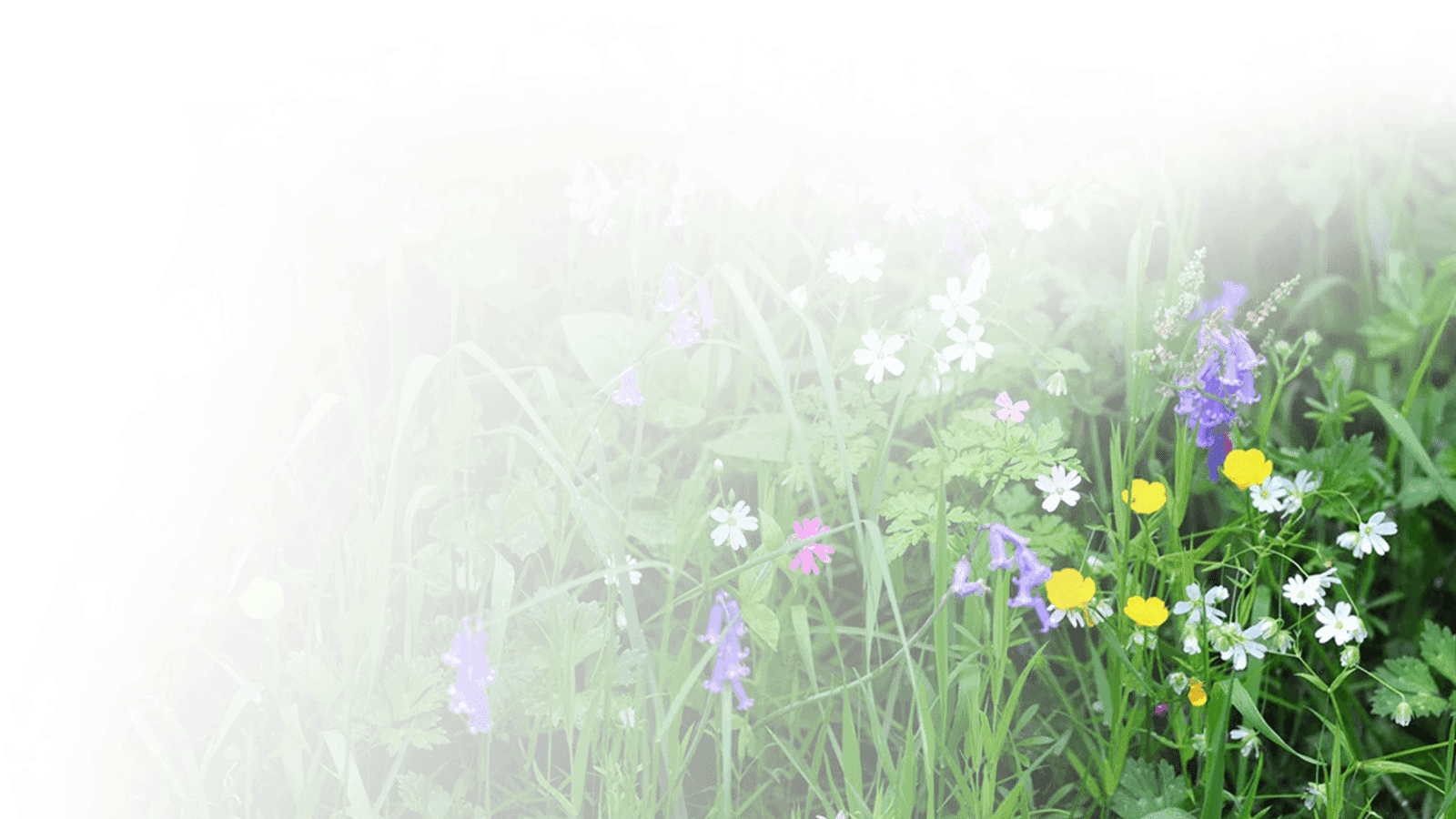Collaborative Communion
April 2012
At the beginning of Holy Week 2012 the Open Spirit Monday Meeting concluded its Spring Term by celebrating a collaborative communion. As a priest, I (Sam) have been focussing on collaborative communions for the last ten years and I continue to be moved and inspired by this form of celebration.
Our last Living Spirit collaborative communion was celebrated at Lammas tide last year with our Women’s Mystery School, The Wood Sisters, and I include some pictures from that occasion here.
At that time we gathered local barley and ground it by hand to make our own barley muffins for communion, while this time Debbie baked some delicious scones and we filled the chalice with home made Vicarage sloe gin!
I first began to explore collaborative communion while living in the Highlands of Scotland. I was training in collaborative ministry with the Scottish Episcopal Church while growing a pioneer ministry and future Church in my local community. To help prepare for our Family Spirit services, we drew inspiration from a ministry resource from North America called Seasons of the Spirit. This introduced us to a growing emphasis on the core spiritual principles underlying the communion service, rather than on the details of authorised forms. These principles are expressed like movements in a piece of music, or like stations on a shared journey which takes us deeper into relationship with each other and with our spiritual source (however we name or understand this). This journey is understood as having four stages as follows:
First we gather…
It always strikes me how simply ‘gathering’ is a remarkable and powerful act. In our busy and sometimes scattered lives, managing to come together with others with sacred intent is no mean achievement! But not only do we need to all be in the same place at the same time, we also need to start to inwardly come together as a group and to focus on what is deepest and truest in us and in life. Opening prayers, silence or shared singing can all facilitate this process but won’t in themselves guarantee it… our conscious intention to surrender personal preoccupations and lift our hearts and minds towards a deeper reality make all the difference. The structure of ‘gathering’ can also make a difference. In Open Spirit, we gather in a circle with a central table/altar and as an open group of people of any faith or none, each equally and uniquely called to minister to each other and to the world.
Next we engage…
Engaging is another conscious act. At this stage we are called to be like Jacob, a ‘God wrestler’ and we are invited to take hold of the sacred through spiritual reading or some other form of teaching or sacred activity. Traditional religious services often seem to invite passivity… we listen and are told what to think or believe and our ‘response’ is confined to repeating authorised words and belief statements. Not that engagement does not include receptivity but it also benefits from a more active and personal response.
On this occasion we engaged with wisdom from the Desert Mothers and Fathers as presented in Rowan Williams book, Silence and Honey Cakes. We focussed especially on the themes of ‘fleeing and staying’ through reading, silent reflection (including the opportunity to be outside silently in nature) and discussion. It took some effort to go beyond our personal reactions to these words and try to really grasp the spiritual principles that underlie the Desert Wisdom….how ‘fleeing’ was not about running away from reality but rather turning away from what is shallow and spiritually un nourishing and turning towards what gives inspiration and life. While ‘staying’ is about opening our hearts and minds to the present, to our everyday lives and each other and seeking spiritual depths in the midst of where and who we already are. These are not easy topics but when we take hold of them, they can bring blessings to our life and understanding.
Next we share…
After this kind of depth of conscious gathering and engaging, sharing bread and wine (or scone and gin!) really does have a deep sense of communion. Hearts and minds have started to stretch and open, all kinds of connections are being made… As a consecration, everyone has the chance to say in their own words what this sharing means to them. Christians are free to talk about the body and blood of Christ, Jews to express their own senses of Shabbat or Pesach meals, Pagans to find their own words for celebrating these gifts of the earth…anyone and everyone has their own deep understanding and feeling for what it means to break bread together, to share together in the presence of their spiritual reality. Once collaboratively consecrated, scone and gin are passed hand to hand with words and glances full of depth and blessing…and what remains from the circle is taken out into the garden to be shared in communion with the family of all beings.
Finally we bless…
By this stage there is a palpable sense of being blessed, of blessing and it seems the most natural thing in the world to speak words of a shared blessing together, to share a final song or a lingering moment of stillness and silence. Also to bear in mind that we are called to be a blessing to others and ‘in the Name behind all names’ to carry what we have received out into the world…
In the words on one of our Jewish participants “Just a note to thank you for the Collaborative Communion which I greatly appreciated and believe there is much need for “out there”







